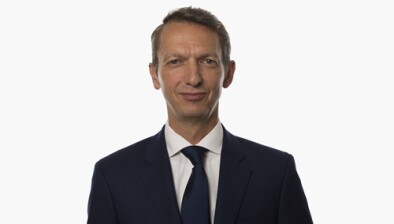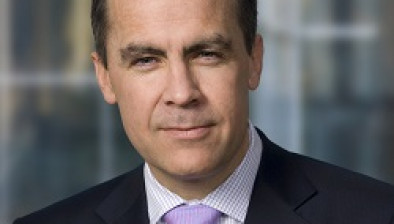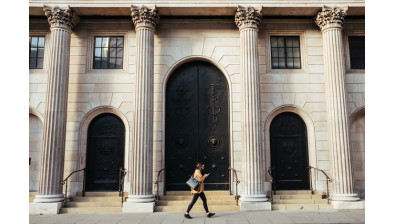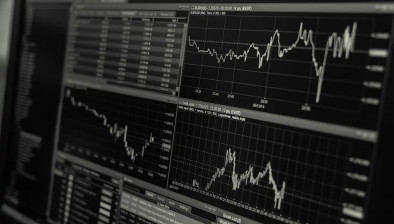Split decision as Bank of England cuts rates to 4.25%
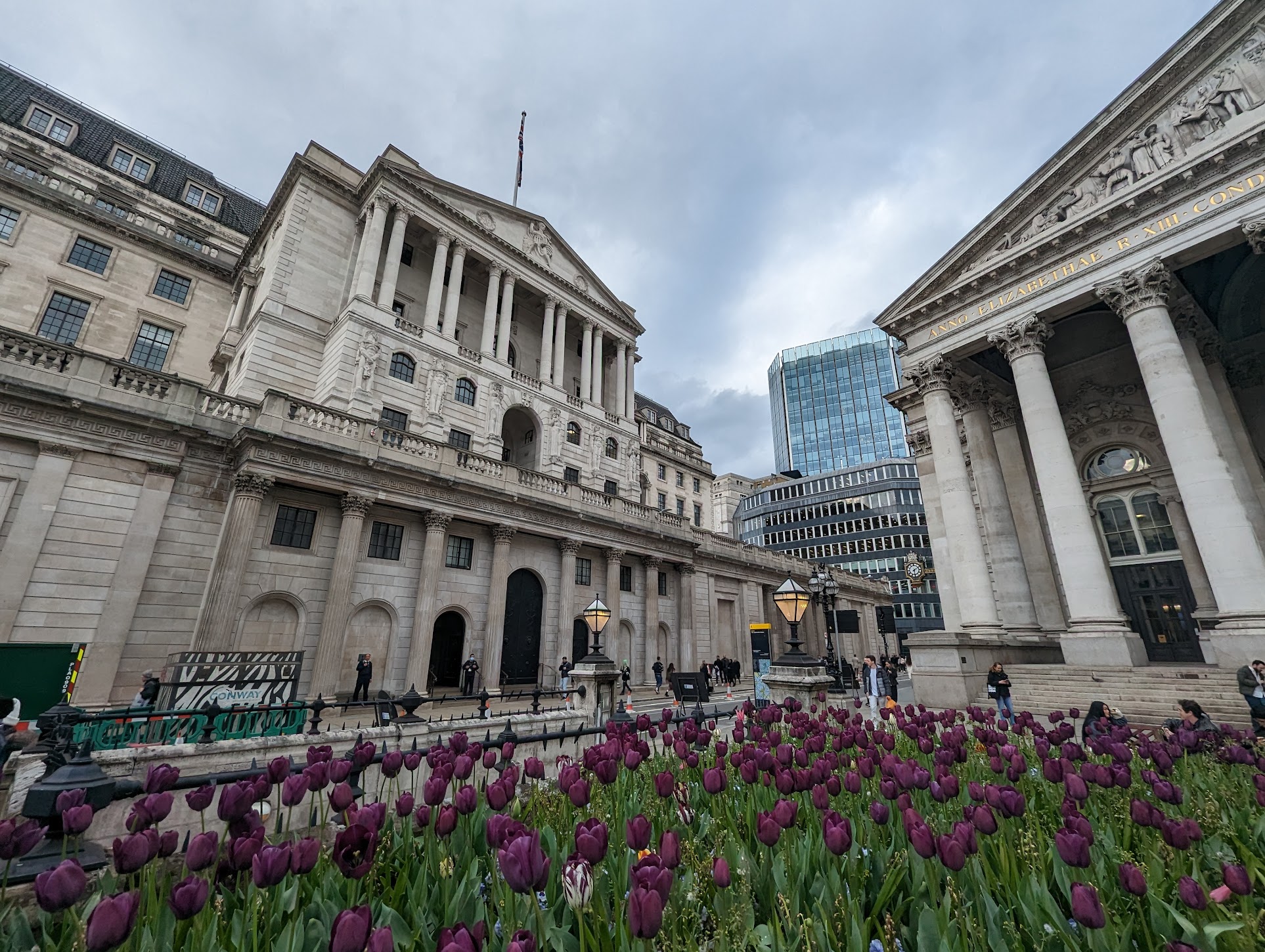
The Bank of England building (credit: George Iordanov-Nalbantov)
The Bank of England has reduced interest rates by 0.25 percentage points to 4.25%, a decision that revealed a split amongst its policymakers.
The Monetary Policy Committee (MPC) was not unanimous, with two members, Swati Dhingra and Alan Taylor, advocating for a more significant 0.5 percentage point cut to 4%. Conversely, chief economist Huw Pill and Catherine Mann voted to maintain rates at 4.5%.
Policymakers indicated that President Trump’s aggressive tariffs on China are anticipated to be “more likely to be disinflationary than inflationary”, with inflation expected to return to its 2% target by the end of 2026. Despite this, the Bank reiterated its “careful and gradual” approach to monetary policy, leaving open the possibility of altering this stance in future meetings due to global economic instability, particularly following the US tariff announcements. The bank’s current estimates assume a 90-day reprieve from tariffs on British goods and do not factor in an imminent UK-US trade deal.
Governor Andrew Bailey stated, “Inflationary pressures have continued to ease so we’ve been able to cut rates again today.” He emphasised the unpredictability of the global economy as the rationale for a “gradual and careful approach to further rate cuts.”
A significant decrease in global energy prices in April led the Bank to revise its peak inflation forecast for the current year down from 3.75% to 3.5%. However, concerns remain that household fears of price increases, influenced by the recent cost-of-living crisis, could keep inflation expectations elevated. The Bank acknowledged “large risks” associated with its judgement on the disinflationary impact of tariffs, considering scenarios where inflation could either ease or remain persistent due to public expectations.
The MPC highlighted President Trump’s tariffs as a “downside” risk to UK GDP. Nevertheless, the Bank has marginally increased its 2025 growth forecast from 0.75% to 1%, attributing this to a surge in output during the first quarter of the year. Data from the Office for National Statistics (ONS) showed the UK economy grew by 0.5% in the first quarter, which the Bank’s policymakers ascribed to “erratic factors” such as a spike in manufacturing activity.
Kevin Brown, savings specialist at Scottish Friendly, said: “A rate cut has looked like a sure thing since ‘Liberation Day’ in the US derailed the UK’s hopeful recovery. Inflation remains above target, and is expected to go higher still, but the Monetary Policy Committee appears confident that it is temporary. This was the fourth rate cut within 12 months
“The future path of interest rates, however, is less certain. The ongoing tariff situation adds an additional curve ball to the usual uncertainty about economic growth. The ultimate level of the tariffs applied to the UK remains unclear, as is their final impact on households and businesses alike. Tariffs could have an inflationary or deflationary effect.
“The domestic picture is also foggy. Wage growth remains high, which could drive inflation. ‘Awful April’ has seen a series of price hikes from the regulated utilities. On the other hand, pump prices are falling, making it cheaper for drivers to fill up.
“Mortgage holders have already reaped the benefits of the rate cut, which has been reflected in lower fixed rate mortgage costs. However, saving rates could still fall. It is always worth a re-examination of how you are building up your financial resilience – is the nest egg working as hard for you as it could be, especially after this latest rate cut if a chunk of it is in cash?”
This cautious stance from the Bank may lead investors to reassess expectations of multiple further rate cuts this year. The BoE’s approach is notably more hawkish than that of the European Central Bank (ECB), which has implemented seven rate cuts in 18 months. Meanwhile, the US Federal Reserve recently maintained its interest rates at a range of 4.25% to 4.5%, with forecasters suggesting US tariffs could fuel inflation stateside.




